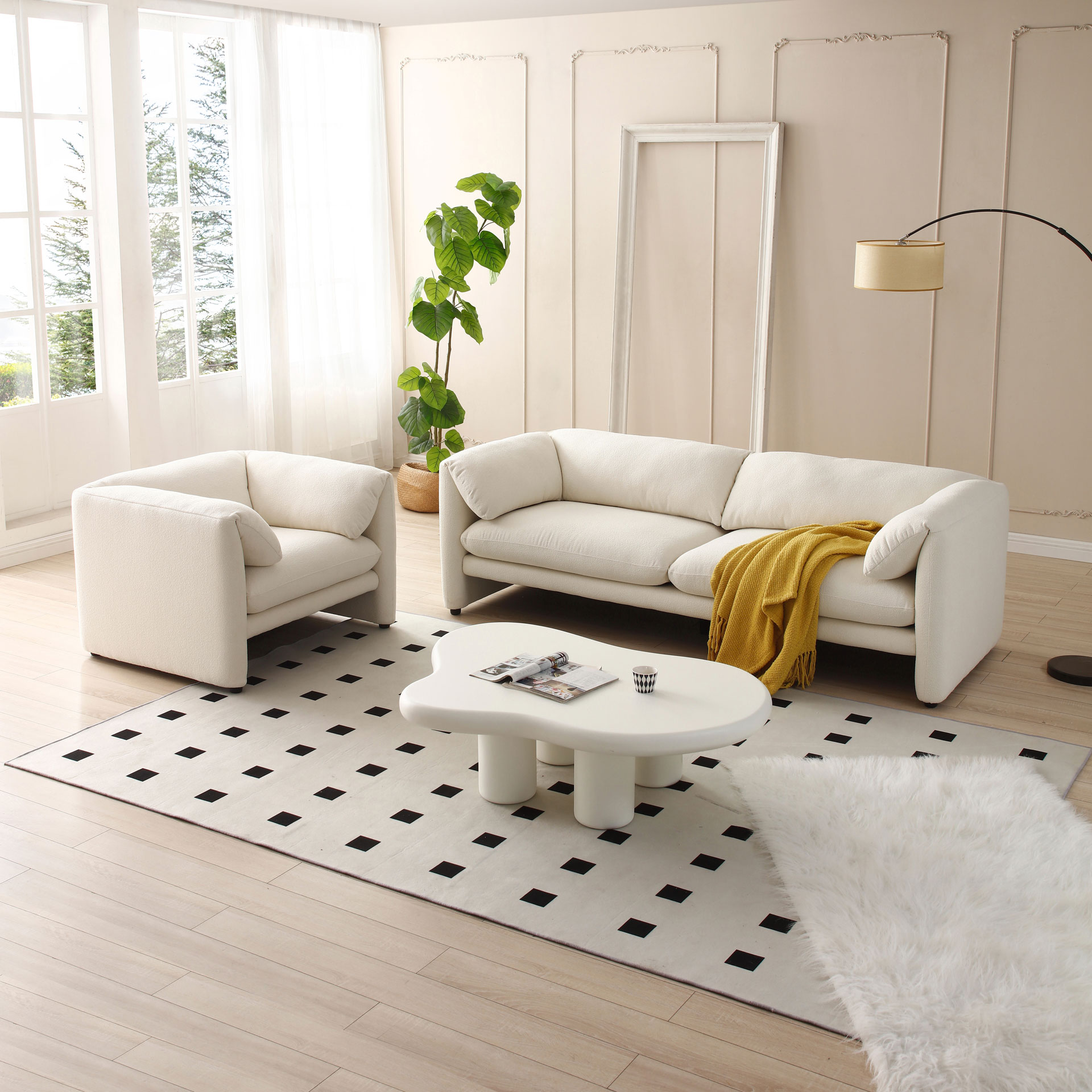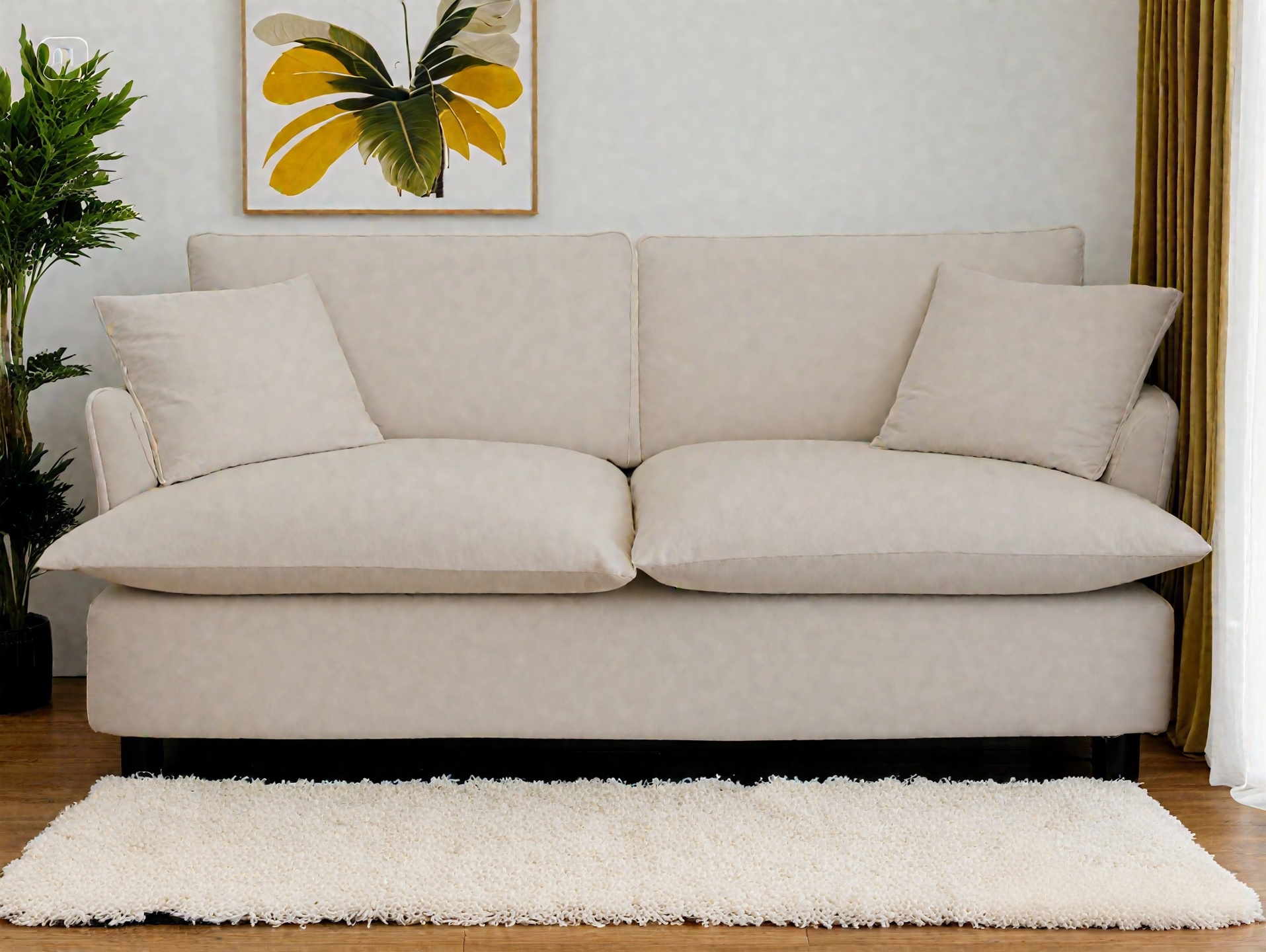
1. Eco-Friendly, Durable & Comfortable Upholstery Fabrics
2. Smart Craftsmanship Improves Comfort & Longevity
3. Conclusion
As consumer demand for comfort, sustainability, and personal style continues to grow, upholstered furniture manufacturers are
embracing advanced materials and smarter craftsmanship to meet these evolving needs. In this article, we explore the top
upholstery fabric and technology trends for 2025 — helping global furniture retailers, importers, and sourcing agents stay ahead
of market expectations.
Eco-Friendly, Durable & Comfortable Upholstery Fabrics
1.1 Eco-Conscious Materials Go Mainstream
Sustainability is no longer optional. Today’s consumers, especially in developed markets, increasingly consider the environmental
impact of home furnishings. In 2025, the following fabric choices are gaining popularity:
Organic Cotton & Linen
Organic cotton is pesticide-free and biodegradable. Linen is naturally breathable with a soft, textured feel. Modern treatments now
make linen stain-resistant and easier to maintain, making it a practical choice for family homes.

Recycled Polyester
Made from recycled plastic bottles, this fabric helps reduce plastic waste while offering strong durability, easy cleaning, and a soft feel
— perfect for high-traffic sofas and chairs.
Hemp Fabric
A fast-growing, low-water crop, hemp is naturally antibacterial and long-lasting. It appeals to eco-conscious, high-end consumers who
value green materials with character.
1.2 Balancing Comfort and Aesthetics
In 2025, texture and tone continue to shape buyer preferences:
Velvet
A timeless choice for upscale furniture, velvet remains in demand, especially in soft gem-inspired colors like slate blue, deep red, and
forest green. It adds a luxurious yet modern touch to sofas and armchairs.
Bouclé & Chunky Tweeds
Bouclé, with its soft loops and cozy texture, is one of the most talked-about materials this year. In neutral tones like ivory and beige,
it brings warmth and minimal elegance to modern interiors.
Smart Craftsmanship Improves Comfort & Longevity
2.1 Intelligent Manufacturing & Automation
Forward-thinking manufacturers are using AI and automation to optimize design and production:
AI-Assisted Fabric & Color Design
Machine learning can now analyze market data and predict popular fabric combinations, color palettes, and even regional preferences
— minimizing waste and boosting product-market fit.
Automated Cutting & Stitching
Robotic systems improve sewing precision, reduce defects, and ensure consistency at scale. Automation not only speeds up production
but also helps maintain strict quality control.
2.2 Blending Traditional Craft With Modern Innovation
Heritage craftsmanship still plays a vital role, especially in high-end furniture:
Hand-Tufting & Channel Stitching
These classic techniques enhance both the look and structure of upholstered furniture. They create elegant textures and offer extra
cushion stability.
Advanced Fabric Treatments
Modern textiles often receive stain-resistant and antimicrobial coatings. These treatments extend furniture lifespan and make daily
cleaning much easier — a key selling point for hospitality and family markets.
Conclusion
Upholstered furniture is evolving with a focus on sustainability, innovation, and comfort. Manufacturers that embrace eco-friendly materials, intelligent processes, and textured aesthetics will lead the market in 2025 and beyond. For buyers and suppliers, staying aligned with these trends is crucial to offering relevant, desirable products to tomorrow’s consumers.